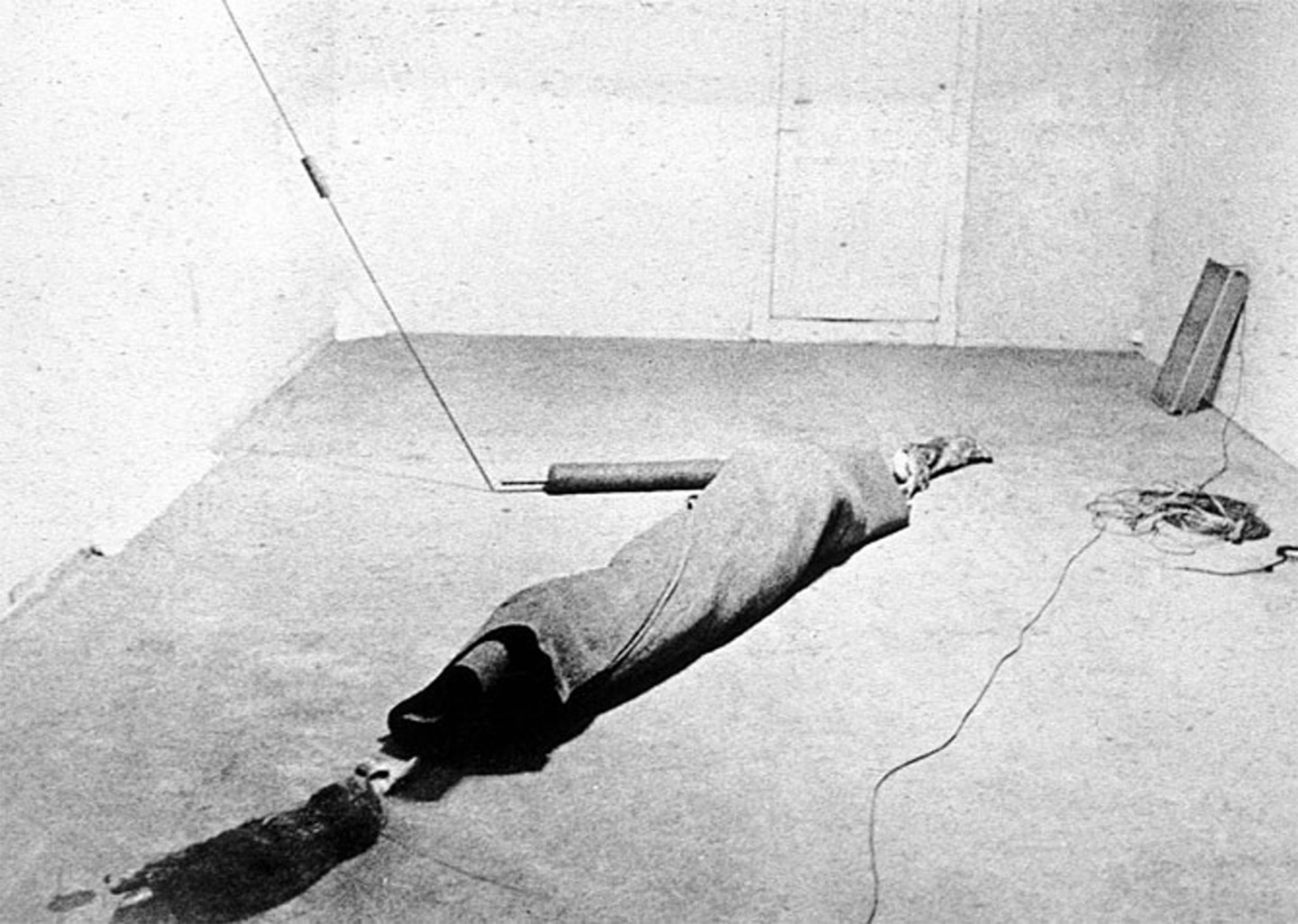Donald Kuspit, The Cult of the Avant-garde Artist (New York: Cambridge University Press, 1993).
Ibid., 93.
Ibid., 95.
Ibid., 89.
Ibid., 81.
The motto comes from a line in the poem "Deutschlands Beruf" (1861) by the Romantic poet Emanuel Geibel (1815-1884). Geibel invokes here the spirit of German rationalism as a mediating force he believes can create peace and political stability in Europe. In its later, more notorious application, however, the phrase came to be associated with German colonialism and with the Nazi ideology of racial superiority.
The philosopher Jean-Luc Nancy describes very pointedly this modern design for self-healing by trapping a supposedly sovereign creativity of myth formation: "Romanticism itself could be defined as the invention of the scene of the founding myth, as the simultaneous awareness of the loss of the power of this myth, and as the desire or the will to regain this living power of the origin and, at the same time, the origin of this power.... This formulation in fact defines, beyond romanticism and even beyond romanticism in its Nietzschean form, a whole modernity: the whole of that very broad modernity embracing, in a strange, grimacing alliance, both the poetico-ethnological nostalgia for an initial mything humanity and the wish to regenerate the old European humanity by resurrecting its most ancient myths, including the relentless staging of these myths, including the relentless staging of these myths: I am referring, of course, to Nazi myth." Jean-Luc Nancy, "Myth Interrupted," in The Inoperative Community, trans. Peter Connor, Lisa Garbus, Michael Holland, and Simona Sawhney (Minneapolis: University of Minnesota Press, 1991), 45–46. See 43–70.
Rüdiger Sünner, Schwarze Sonne: Entfesselung und Missbrauch der Mythen in Nationalsozialismus und rechter Esoterik (Freiburg im Breisgau: Herder Spektrum, 1999), 34–35.
See Götz Adriani, Winfried Konnertz, and Karin Thomas, Joseph Beuys: Life and Work (New York: Barron's, 1979), 29.
Sünner, Schwarze Sonne, 36n7.
Quoted in Caroline Tisdall, Joseph Beuys (New York: Thames and Hudson, 1979), 228.
Benjamin Buchloh, "Beuys: The Twilight of the Idol," originally published in Artforum 18, no. 5 (1980): 35–43; quoted here from Joseph Beuys: Mapping the Legacy, ed.Gene Ray (New York: D.A.P., 2001), 199-211.
Tisdall, Joseph Beuys, 17n10.
Buchloh, "Beuys," 203n11.
Aachener Prisma 13, no. 1 (November 1964): 16–17, quoted in Adriani, Konnertz, and Thomas, Joseph Beuys, 112n8.
Ibid., 111.
Buchloh, "Beuys," 206n11.
A perfect example of this is to be found in Kosuth's text "Art after Philosophy" (1969), in which Kosuth, in the best Hegelian manner, declared his art to be the historically necessary endpoint of the history of philosophy since Kant, and his works to be direct, transparent illustrations of these lines of thought; see Joseph Kosuth, Art after Philosophy and After; Collected Writings, 1966–1990, ed. Gabriele Guercio (Cambridge, MA: MIT Press, 1991).
Joseph Kosuth, "intention(s)," originally published in Art Bulletin 78, no.3 (September 1996): 407–12; quoted here from Conceptual Art: A Critical Anthology, ed. Alexander Alberro and Blake Stimson (Cambridge, MA: MIT Press, 1999), 460–68.
Ibid., 462.
Ibid., 464.
These included the Deutsche Studentenpartei (German Students' Party, 1967), the Organisation für Nichtwähler, freie Volksabstimmung (Organization for Nonvoters, Free Plebiscite, 1970), the Organisation für Direkte Demokratie durch Volksabstimmung (Organization for Direct Democracy by Plebiscite, 1971). the Free International University (1971) cofounded with Heinrich Böll, and his participation in the discussions of the founding of the German Green Party (1979).
"Mit-Neben-Gegen" (With-Alongside-Against) was the title of an exhibition of works by Beuys' students at the Frankfurter Kunstverein in 1976.
Express (Düsseldorf) December 1, 1967: quoted from Barbara Lange, Joseph Beuys: Richtkräfte einer neuen Gesellschaft (Frankfurt am Main: Reimer, 1999), n. p., fig. 3.
After a lecture on the present topic, a Beuys disciple instructed me (with an authority that tolerated no dissent) that the action ÖÖ-Programm was not in fact about the question of authority but rather, as Beuys himself had said, a demonstration of (if I remember correctly) a Mongolian technique for articulation, and at the same time an illustration of the creative process of forming the quintessentially unformed by articulating the still unformed. The only reaction that occurred to me was a standard line by the Rhenish cabaret artist Jürgen Becker: "Well, you know more than I do there."
See Wolf Vostel's description of the action in Adriani, Konnertz, and Thomas, Joseph Beuys, 120n8. Among other things, Beuys's provocative statement that the Berlin Wall would have to be raised five centimeters to improve its proportions had certainly made him a media figure by this time. When he left the room at the end of the performance, that statement was apparently the subject of the first question posed by someone in the audience.
